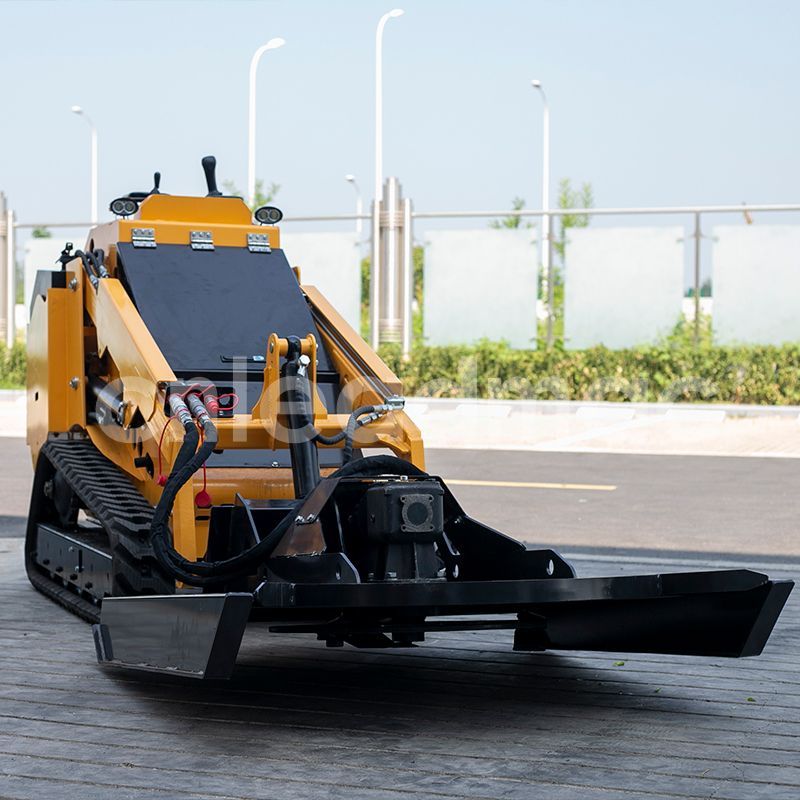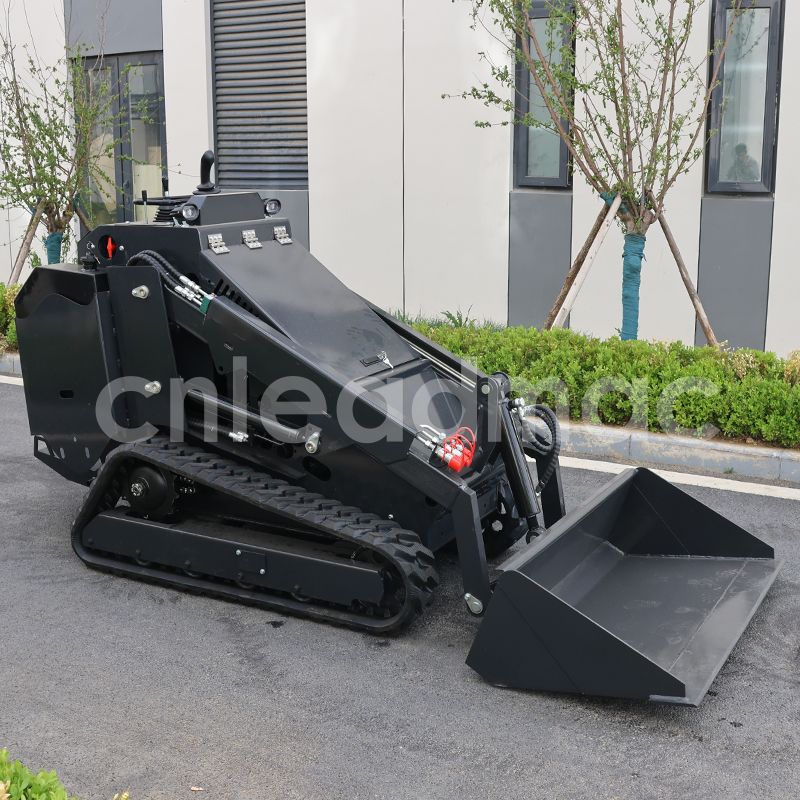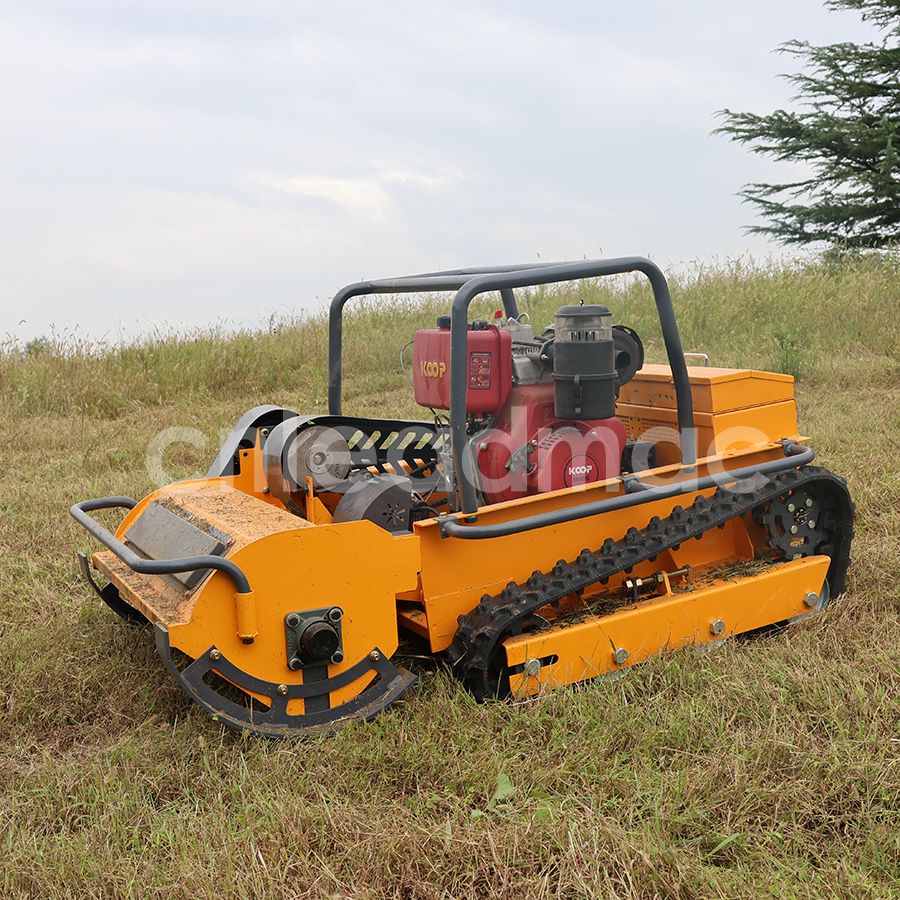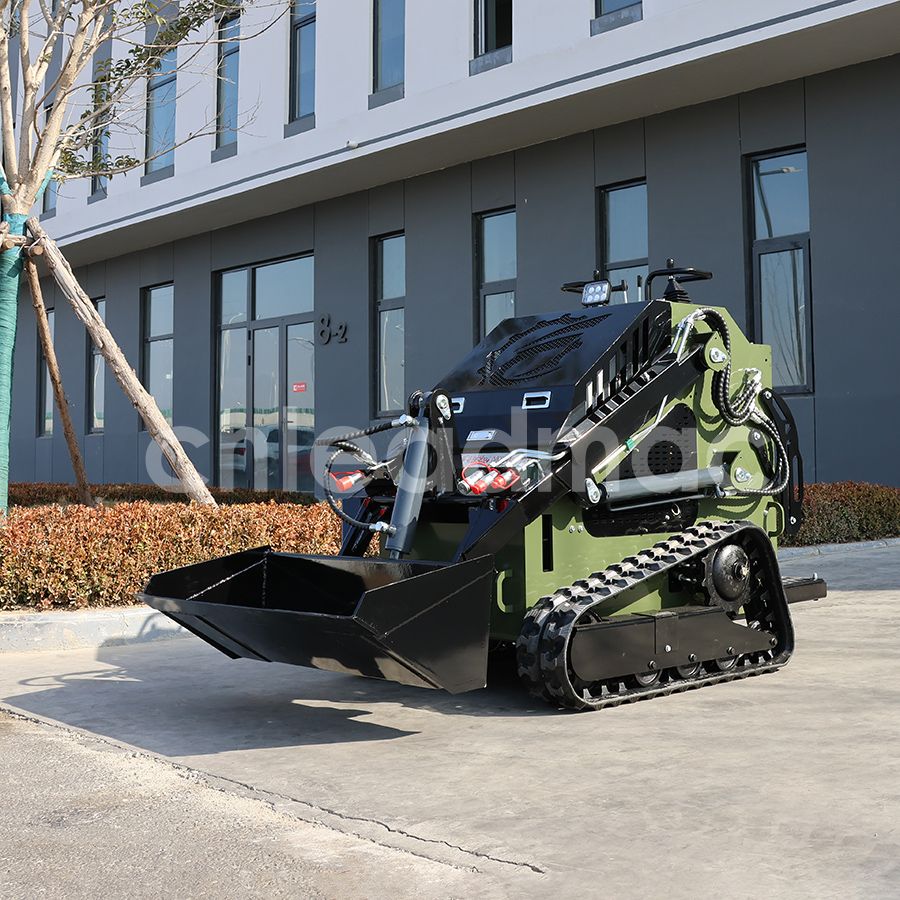
In the construction equipment sector, the concept of “one machine, multiple applications” has long stood as a pivotal tenet for cost optimization and operational efficiency. The introduction of mowing attachments endows skid steer loaders with cross-sectoral versatility—transforming these erstwhile excavation- and haulage-focused engineering workhorses into adaptable assets that seamlessly penetrate livelihood-related domains such as landscape maintenance, municipal greening, and agricultural weeding. This innovation has prompted a paradigmatic reevaluation of “equipment functional boundaries” across the industry.
1. From “Engineering Implement” to “All-Scenario Enabler”: The Capability Evolution of Skid Steer Loaders
Historically, skid steer loader operators faced a dichotomy in mowing scenarios: Purpose-built engineering equipment lacked finesse in precision tasks, while specialized mowers were hampered by limited off-road mobility. The mowing attachment resolves this tension by integrating engineering-grade maneuverability with professional turf-management capabilities:
Unfettered Terrain Navigation: Leveraging the skid steer’s tracked or wheeled undercarriage, terrains once prohibitive to traditional mowing equipment—slopes, verdant belts, and ditch peripheries—are navigated with exceptional agility.
Seamless Scenario Transition: Post-roadwork, a municipal crew can transition to the mowing attachment within a mere minute to synchronously address weed proliferation; landscape professionals utilize the same platform for both plant translocation and turf grooming, achieving process continuity.
2. The Attachment-Driven Revolution: Redefining Equipment Value Propositions
The significance of mowing attachments extends beyond incremental product innovation—they herald a transformative paradigm wherein “attachment ecosystems empower construction equipment”:
Cost Paradigm Disruption: Elimination of discrete mowing equipment procurement reduces capital outlay. By augmenting functionality via attachments, skid steer utilization efficiency escalates by over 300%, directly amortizing ownership costs.
Efficiency Metamorphosis: Relative to manual labor or compact mowers, integrated operations deliver exponential efficiency gains. Large-scale horticultural estates and agricultural fields now realize “hectare-scale daily coverage.”
Business Model Innovation: Rental firms introduce “multi-functional service suites”; engineering contractors expand into “turnkey solutions,” transitioning from hardware commoditization to solution-centric value delivery.
3. Industry Disruption: Attachmentization Spawns a “Second Growth Curve” for Equipment
Contemporary competition in construction equipment is evolving from hardware-centric rivalry to ecosystem-driven competition. The advent of mowing attachments marks the evolution of skid steer loaders—from mere tools to all-scenario platforms. In future iterations, attachment swaps will enable a single unit to address over a dozen applications (excavation, crushing, mowing, snow removal, etc.), actualizing the vision of “one machine defining productivity across diverse industries.”
Industry forecasts indicate the attachmentization wave will accelerate the obsolescence of single-function equipment, propelling the sector toward a “host machine + attachment” ecosystem model. The mowing attachment stands as the vanguard indicator of this transformative shift.
The Ecosystem-Centric Future of Construction Equipment
As skid steer loaders transcend the constraints of their traditional “engineering” designation and extend into livelihood sectors via attachments, their value proposition transcends mere hardware. The mowing attachment paradigm illuminates a core insight: The future of construction equipment resides within an infinitely extensible attachment ecosystem.
 Should You Choose An Electric
Should You Choose An Electric
 Five Things To Check On Your S
Five Things To Check On Your S
 Revolutionizing Garden Care: T
Revolutionizing Garden Care: T
 Which Skid Steer Loader Is Bes
Which Skid Steer Loader Is Bes